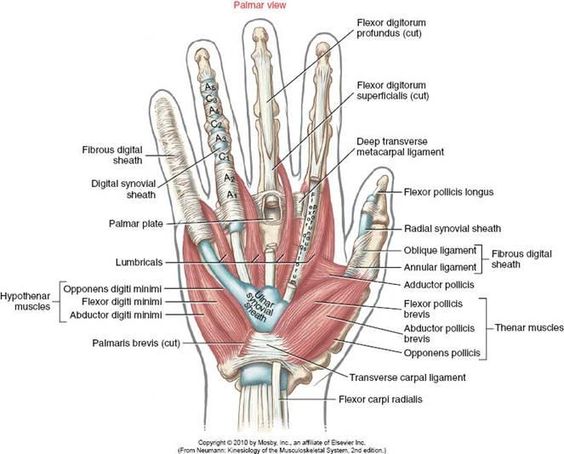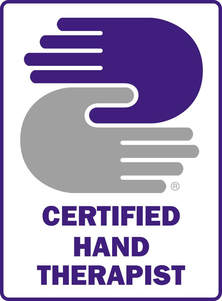Hand injuries and dysfunction are common – every year in Australia 8,400 people attend hospital emergency departments for hand or wrist injuries, and thousands more live with non-urgent hand conditions such as arthritis or tendinopathies. Our hands and wrists are highly specialised – our hands have evolved over many years to work in very specific ways that enable our function and interaction with the world. They allow us to use tools, feed ourselves, work a job, write down our thoughts, create artwork and interact with our loved ones. When we injure our hands or wrists, this specialised function is disrupted. Given the complexity of the structures in our hands and wrists, injuries to these areas can cause more complications than other areas of our body and need to be managed in specific ways that facilitate the best recovery possible. That’s where hand therapists come in.
Our hands are wrists are highly complex. Just in the hand and wrist alone there are 27 bones, 29 joints, approx. 123 named ligaments, 17 intrinsic muscles, 24 tendons that move the wrist and digits, and 3 main nerves that power everything. Hand therapists are occupational therapists or physiotherapists that work specifically in the area of hand therapy to manage and rehabilitate injuries or conditions that affect the upper limb. There are also Accredited Hand Therapists or Certified Hand Therapists. These therapists have undertaken additional training and demonstrated competencies in the management of advanced hand therapy conditions.

An Accredited Hand Therapist (AHT) is an Australian credential introduced in 2018. An AHT is a therapist who has dedicated themselves to further learning in the area of hand therapy and has met an advanced level of competency with regards to managing and rehabilitating hand and upper limb injuries. To become an AHT a therapist must undertake a minimum of 6 advanced professional development courses about varying areas of hand therapy and complete a 12 month mentorship program with a senior hand therapist, all over a period of 5 years. They must also have a certain amount of experience working in the area of hand therapy.

Another recognised credential is the Certified Hand Therapist (CHT) credential. A CHT is a therapist who has undertaken a comprehensive hand and upper limb examination that covers all areas upper limb assessment and management. The topics in this exam range from fracture and tendon management to burns to congenital defects and many more. The exam consists of 200 multiple choice questions over a 4 hour period. Many therapists spend 12-18 months studying for exam given its complexity.

When you have a hand or upper limb injury, it’s important to ensure that accurate and comprehensive treatment is provided in order to guarantee the best outcome. Hand therapists are skilled specifically in the assessment and treatment of upper limb injuries. If your hand therapist is an AHT or CHT, you can be reassured in knowing that they have completed further advanced training and are providing you with the most up to date evidence-based treatment.
